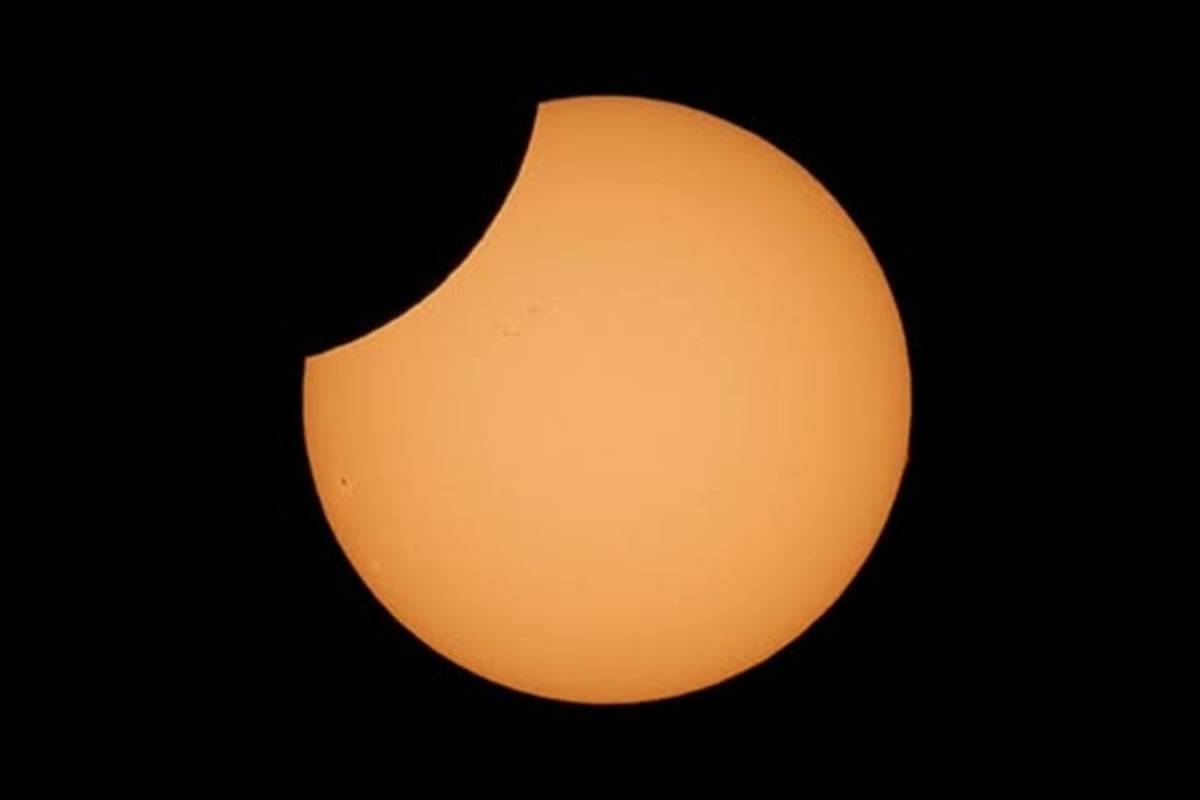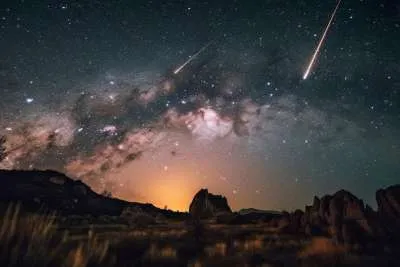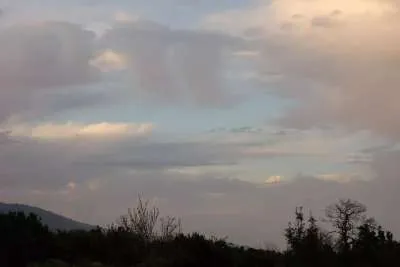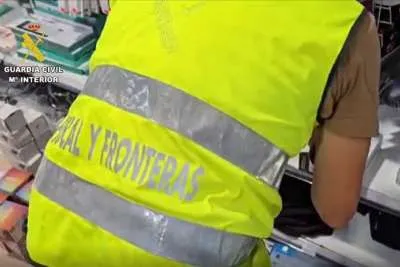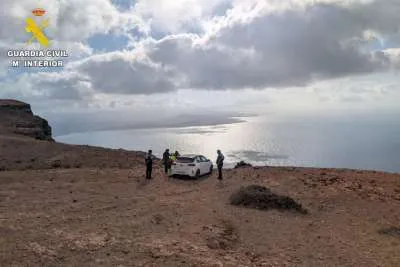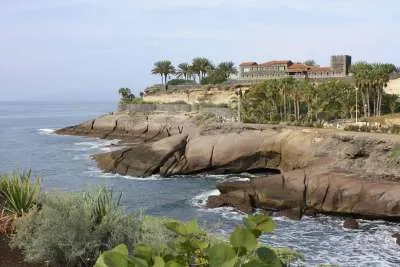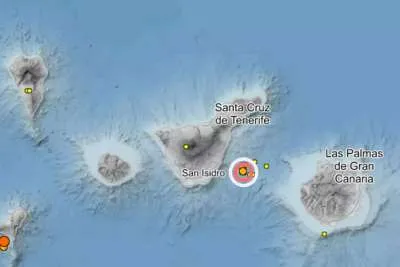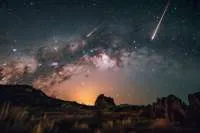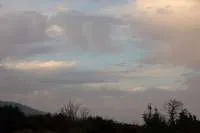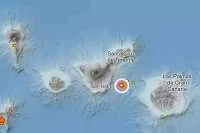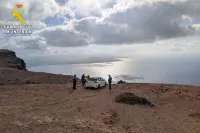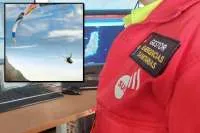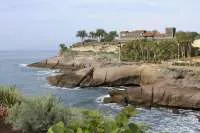Spectacular solar flare captured by Tenerife photographer during Saturday's eclipse
- 29-03-2025
- Tenerife
- Canarian Weekly
- Photo Credit: Eduardo García
Saturday morning’s partial solar eclipse, visible across all of Spain including the Canary Islands, became an unforgettable moment not only for skywatchers but also for one Tenerife-based photographer who managed to capture a truly remarkable image of the event — complete with a solar flare.
The eclipse began in the Canary Islands at 9:14am and ended at 10:56am, lasting just over an hour and a half. During this time, the Moon passed in front of the Sun, partially obscuring its light and producing a dramatic celestial display. While eclipses are now well understood by science, they remain powerful moments that continue to connect people with the mysteries of the Universe.
Eduardo García, a long-time resident of southern Tenerife originally from Los Realejos, successfully photographed the eclipse from the island. His extraordinary image captured not only the shadow of the Moon across the Sun but also detailed solar features, including sunspots on the left side and a subtle yet striking solar flare on the right.
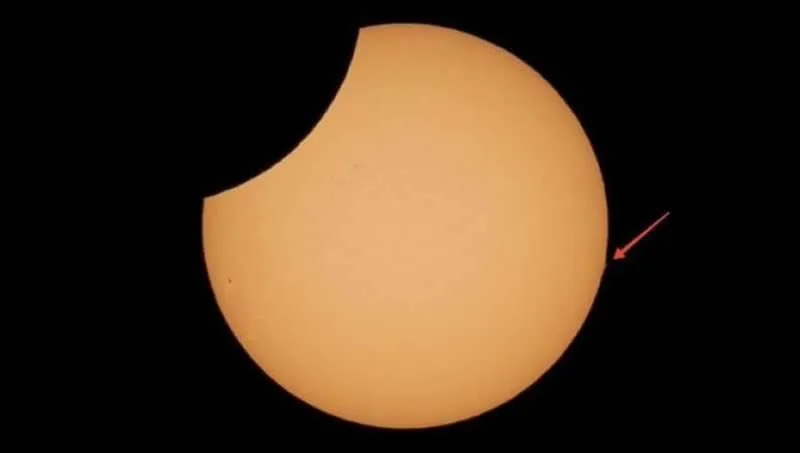
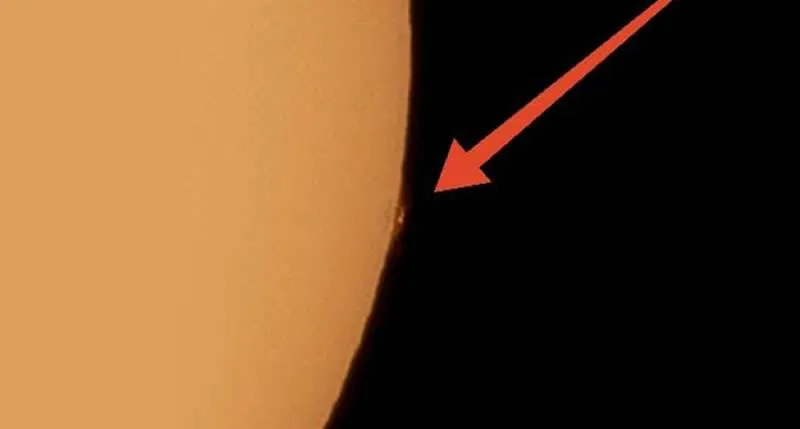
This rare capture adds a dynamic layer to an event that was already drawing widespread attention from both astronomers and the public. The flare, a sudden burst of energy from the Sun’s surface, is not commonly visible in standard eclipse photographs, making García’s image especially impressive.
A solar eclipse occurs when the Moon moves between the Earth and the Sun, casting its shadow on the Earth. This shadow consists of two main areas: the umbra, which results in a total eclipse when the Sun is completely covered, and the penumbra, where only part of the Sun is obscured — as was the case on Saturday.
Because the alignment was not perfect, this event was classified as a partial eclipse, with varying levels of solar coverage across the islands. In La Palma, up to 24% of the Sun’s disc was obscured, while in Tenerife it reached 22%, and in Lanzarote, 19%.
Other articles that may interest you...
Trending
Most Read Articles
Featured Videos
A Vision of Elvis Tenerife Promo
- 10-05-2025
Tenerife Travel Guide
- 13-12-2024
Live webcam from Lanzarote airport
- 13-12-2024


